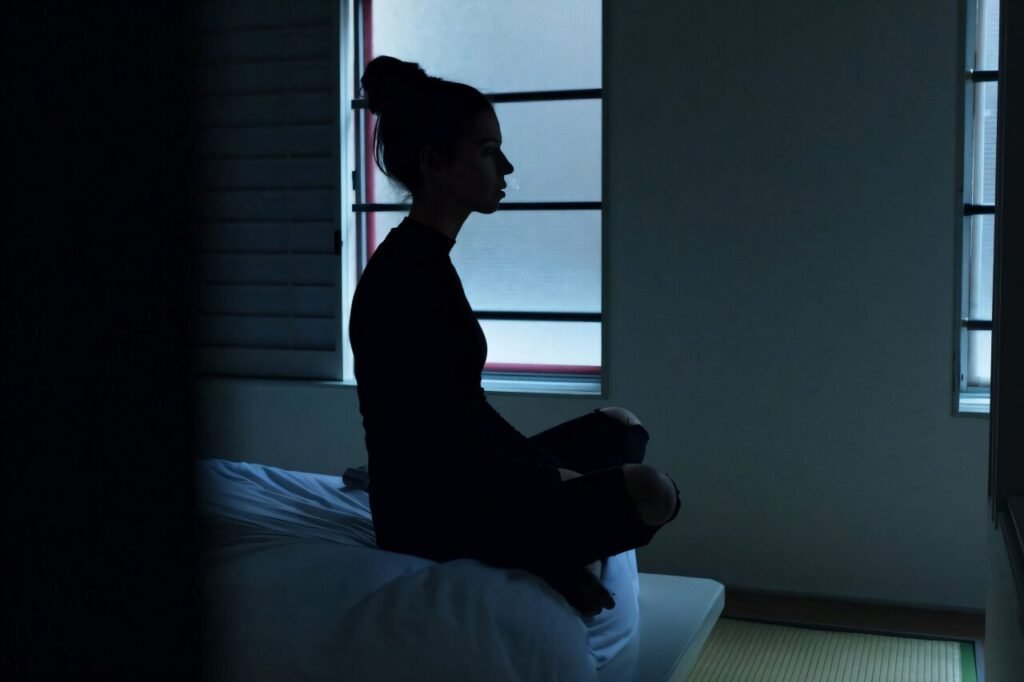Seasonal affective disorder (SAD) is a form of depression that affects many individuals as the days grow shorter and sunlight exposure decreases in the fall and winter months. However, recent research has shed light on a surprising correlation between sunlight exposure and suicide rates, with the highest rates occurring in the springtime.
A groundbreaking study conducted by Shinsuke Tanaka, an assistant professor in the College of Agriculture, Health and Natural Resources at the University of Connecticut, delved into the relationship between sunlight and suicide from a unique perspective. Published in the Journal of Health Economics, Tanaka’s research utilized 25 years of meteorological data at the county level across the United States to examine the impact of sunny days on suicide rates.
Contrary to previous studies that focused on daylight hours as a proxy for sunlight exposure, Tanaka’s research used NASA satellite data to measure the amount of solar radiation reaching the Earth’s surface on a given day. This more precise measurement revealed a strong negative association between sunlight exposure and suicide rates, highlighting the mental health benefits of sunlight.
The study found that a decrease in sunlight exposure by one standard deviation was correlated with a 6.76% increase in suicide rates. This effect size is comparable to other well-known risk factors such as firearm regulations, suicide prevention programs, and unemployment. Additionally, Google searches for terms related to depression and suicide increased during periods of reduced sunlight exposure.
Tanaka’s research underscores the importance of sunlight exposure for mental health and raises concerns about the potential implications of solar geoengineering technologies. These technologies, which aim to mitigate global warming by blocking sunlight, could have unintended consequences on mental health, as evidenced by the study’s findings.
As suicide rates continue to rise in the United States, Tanaka’s research highlights the critical role of sunlight exposure in mental well-being. It emphasizes the need for individuals to prioritize spending time outdoors and soaking up the sun for their mental health. Additionally, the study calls for a careful consideration of the costs and benefits of solar geoengineering in light of its potential impact on mental health.
Overall, Tanaka’s study provides valuable insights into the relationship between sunlight and suicide rates, offering a new perspective on the importance of sunlight exposure for mental well-being. It serves as a reminder of the profound impact that natural light can have on our mental health and underscores the need to prioritize sunshine for a healthy mind.


